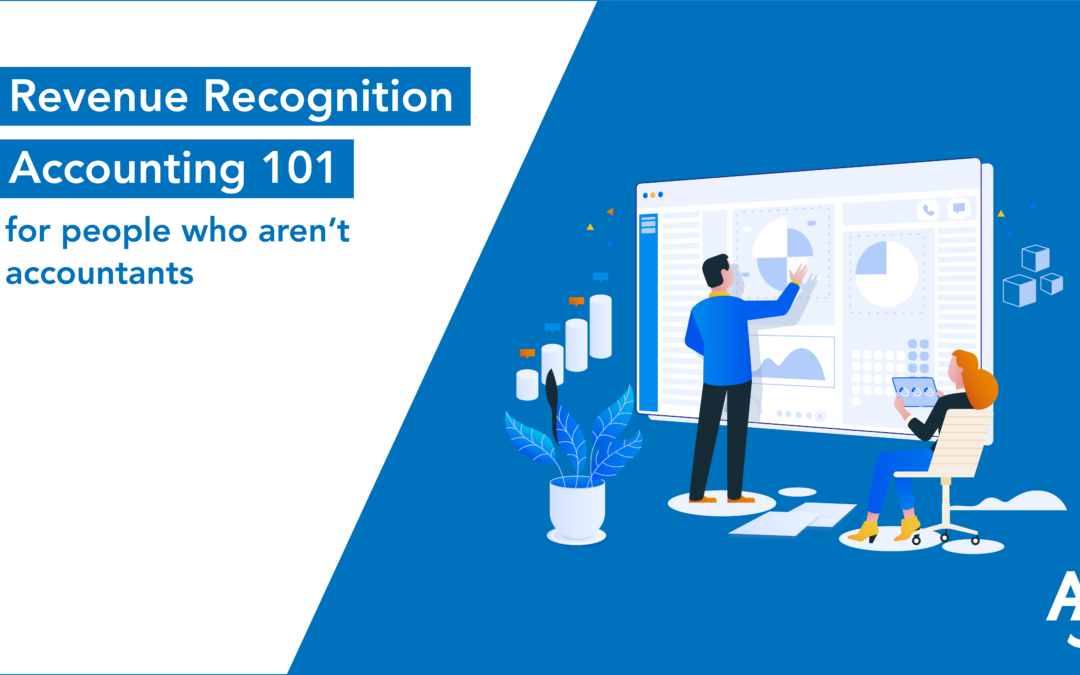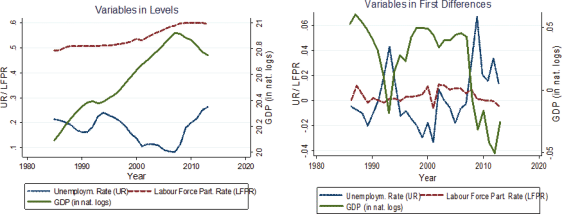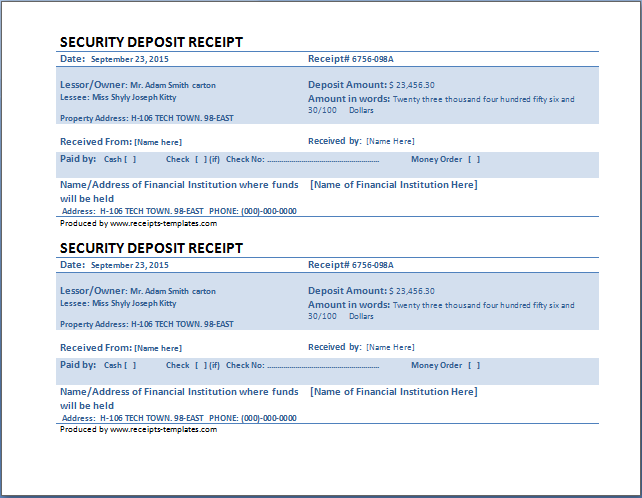Contents
This ratio is used either for early-stage businesses or for “high revenue – high growth” businesses that haven’t yet accounted for any positive earnings. EBITDA does not fall under the above-mentioned GAAP as a measure of financial performance. Because EBITDA is a “non-GAAP” measure, its calculation can vary from one company to the next.
Companies tend to spotlight their EBITDA performance when they do not have very impressive net income. It’s not always a telltale sign of malicious market trickery, but it can sometimes be used to distract investors from the lack of real profitability. However, when determining true profitability and whether a business can meet its obligations, it is important to consider financial costs, which EBITDA fails to do.
The reasoning behind the adjustment, however, is that free cash flow is meant to measure money being spent/earned right now, not transactions that happened in the past. This makes FCF a useful instrument for identifying growing companies with high up-front costs, which may impact earnings now but have the potential to increase earnings later. Free cash flow is the amount of money a company can use at its sole discretion.
But there is another technical aspect of investments that is just as crucial – free cash flow to equity. You can calculate it from the cash flow and income statements by extracting the cash flow from operations and subtracting the capital expenditures. The interest expense and the tax shield for the interest expenses are adjusted. You can also calculate the FCF by looking at the balance sheet for the current and last periods. The company’s earnings before interest are adjusted for taxes, changes in working capital, and non-cash expenses.

And like other popular metrics , EBIDA isn’t regulated by Generally Accepted Accounting Principles , thus, what’s included is on the company’s discretion. Profit After Tax or Net income is the bottom line of the Profit & Loss Statement. It represents income after depreciation, amortization, interest expense, income taxes, and dividend on preference shares . Free Cash Flow Yield evaluates if the stock price of a company provides good value for the free cash flow being generated.
For instance, if a company has booked revenue of ₹530 crores, then a 10% EBITDA Ratio implies that the company should have earned an EBITDA of at least ₹53 crores. Free cash flow is important because it allows a company to pursue opportunities that enhance shareholder value. Without cash, it’s tough to develop new products, make acquisitions, pay dividends and reduce debt. When applied to dividends, the DCF mannequin is the discounted dividend strategy or dividend low cost mannequin . This reading extends DCF analysis to worth an organization and its equity securities by valuing free cash circulate to the firm and free money move to fairness . Valuers often use cash flow from operations, CFO as a starting point to calculate FCFF because CFO already accounts for adjustments for non-cash charges and investment in working capital.
Risks Concerned with Relying on Free Cash Flow
When researching dividend stocks, usually, yields that are above 4% would be acceptable for further research. Individuals who intend to join a partnership business model often look for a company that is proficient in terms of sustainable earnings. To gauge the same, they factor in a company’s FCF and estimate the viability of their operations before making a final decision. Rest assured, a company with robust free cash flow is more preferred than others. Is considered to be an effective financial ratio which helps to gauge a company’s proficiency and liquidity.
The company takes the cash that is left over and makes short term net investments in working capital , and long-term investments in property, plant and equipment (PP&E). The cash that remains is available to pay out to the company’s investors such as bond holders and shareholders. This cash that is remaining is called the free cash flows because it is free to pay out to the company’s investors. EBITDA – Earnings Before Interest Taxes Depreciation & Amortization EBITDA stands for earnings before interest, taxes, depreciation, and amortization. It is a measure of cash flow to the firm, to both equity and debt holders. It came into prominence in the 1980s as leveraged buyout investors used it to calculate whether companies could pay back the interest and retire debt on financed deals after a restructuring.

Most people invest in the stock market to ensure that they can earn a stable source of income through dividends. Companies that provide dividends to their shareholders are usually profitable. You can determine whether or not a company is profitable through its financial statements and by checking its free cash flow. Free cash flow is the surplus cash that a company generates after fulfilling all the necessary operations expenses.
As an investor, it is essential that you carefully check the free cash flow of the companies you’ve invested in since it is one of the most accurate ways to understand if the companies are profitable than their earnings. Remember, earnings only demonstrate the current profitability of a company, whereas the free cash flow signifies its future growth prospects. The free cash flow is the excess cash that enables companies to pursue various opportunities that lead to its growth, thereby enhancing the shareholder’s value as well. It mirrors the ease with which a company can grow and also pay dividends to its investors and shareholders. Companies can utilise the surplus cash to expand their operations and portfolio, develop new products and even acquire other businesses apart from paying dividends and reducing their debt.
What is the Formula for Weighted Average Cost of Capital
If Interest paid is classified as a financing activity, after-tax interest expense has not been deducted from CFO, so no interest-related adjustment to CFO is required. If it is classified as an operating activity, after-tax interest expense must be added back to CFO to calculate FCFF. Amounts spent on acquiring additional working capital cannot be distributed to the company’s providers of capital, hence the deduction from Profit After Tax in calculating FCFF. Capital expenditure varies from one financial year to another and also among industries. Consequently, one needs to measure the FCF of a company for a long period against the industry’s backdrop.
EBT is calculated by taking net income and adding taxes back in to calculate a company’s profit. Since net income includes the deductions of interest expense and tax expense, they need to be added back into net income to calculate EBIT. EBIT is often referred to as operating income since they both exclude taxes and interest expenses in their calculations. An important red flag for investors to watch is when a company starts to report EBITDA prominently but hasn’t done so in the past. This can happen when companies have borrowed heavily or are experiencing rising capital and development costs. In this circumstance, EBITDA can serve as a distraction for investors and may be misleading.
- To many, enterprise value is a more accurate measure of the value of a firm, as it includes the debt, value of preferred shares and minority interest, but minus cash and cash equivalents.
- We additionally discover the fixed-development models for valuing FCFF and FCFE, which are special cases of the general fashions, on this part.
- So, an increasing free cash flow will increase the free cash flow per share since the numerator increases with a static denominator.
- E) Trading / Trading in “Options” based on recommendations from unauthorised / unregistered investment advisors and influencers.
- Note that working capital generally signifies the difference between a company’s most recent assets and its liabilities.
ValuePickr uses some approximation, as explained here, as detailed cash flow statement data is not available. Earnings earlier than interest, depreciation, and amortization is a measure of the earnings of a company that provides the interest expense, depreciation, and amortization back to the web earnings number. This measure is not as well known or used as typically as fcff formula from ebitda its counterpart—earnings earlier than interest, taxes, depreciation, and amortization . A company serves the contract for products and / or services and satisfies the customers. The moment you execute the contract, customers are satisfied and they make payments to you. There is no liability towards the customers and you are free from any kind of claims from their side.
What is EBITDA?
Each of the above financial metrics has its significance and importance and is used by the stakeholders and industry experts for their analysis and evaluation. However, while depreciation is for the company’s tangible assets, like plant and machinery, vehicles, furniture, etc, amortisation is for the company’s intangible assets, such as patents, software, goodwill, etc. Net Income₹12,40,000Interest Expense₹1,23,000Income Tax₹94,500Depreciation₹3,44,000Amortisation₹1,74,000It wants to know its EBITDA to determine its operational efficiency and profitability. Mutual fund investments are subject to market risks, read all scheme related documents carefully. ValuePickr uses some approximation, as as detailed cash flow statement data is not available.

If you follow this simple method you dont have to worry about depreciation and other items as the fixed asset is already deducted at full value. Please note that by submitting the above mentioned details, you are authorizing us to Call/SMS you even though you may be registered under DND. Please note that by submitting the above-mentioned details, you are authorizing us to Call/SMS you even though you may be registered under DND. Check your Securities /MF/ Bonds in the consolidated account statement issued by NSDL/CDSL every month. 24 years old Early Childhood (Pre-Primary School) Teacher Charlie from Cold Lake, has several hobbies and interests including music-keyboard, forex, investment, bitcoin, cryptocurrency and butterfly watching. Is quite excited in particular about touring Durham Castle and Cathedral.
This is why we can and should consider other metrics like EBT, EAT etc. EBITDA is a significant financial metric for assessing the operating profitability of a business. This is how an EBITDA margin can help businesses make the right decision. While Company PQR thought that it was operationally inefficient, which resulted in lower profits, all it had to do was to focus on increasing its sales. Had Company PQR not calculated the EBITDA margin and just relied on the absolute figures, it would have focused on improving its operational efficiency, which is already efficient.
Expert Assisted Services
Understanding an organization’s FCFF allows buyers to check whether a stock is pretty valued. FCFF also represents an organization’s capability to pay dividends, conduct share repurchases, or pay again debt holders. Any investor seeking to invest in an organization’s company bond or public equity ought to verify its FCFF.
EV to Equity ratio:
EBITDA, however, can be misleading because it does not reflect the cost of capital investments like property, plants, and equipment. With a 20% tax rate, internet earnings equals $20 million after $5 million in taxes are subtracted from pre-tax earnings. If depreciation, amortization, interest, and taxes are added again to internet revenue, EBITDA equals $forty million. The providers of capital embody common stockholders, bondholders, most well-liked stockholders, and different claimholders. NOPAT is a measure of an organization’s after-tax revenue that investors use to match the financial outcomes of a business over time, and to check a business to its rivals.
As such, it is crucial to understand the difference in the terms ‘cash’ and ‘cash which you can take out of the business’; also known as ‘free cash flow’ or ‘cash from operations’ in accounting terms. Free cash flow is defined as the excess cash, which a company can generate after spending the necessary sums to support its operations. It is the amount that represents the surplus cash the company has after it has https://1investing.in/ met its capital expenditure requirements and expanded its asset base. It primarily denotes the money available for all company investors, including shareholders. Details about the working capital are also listed in the cash flow statement under the section titled ‘cash flows from operations’. Note that working capital generally signifies the difference between a company’s most recent assets and its liabilities.
The cash from operations is the amount generated by business operations run by the company. Conversely, free cash flow refers to the cash the company can generate after spending the sums necessary to stay in business. It is the cash at the end of a financial year, after all the operating expenses, expenditures, investments and other such expenses are deducted. FCF is the amount that can be distributed to the company’s equity and debt stakeholders. Cash flows into the company in the form of revenue as it sells its products and services, and cash flows out as it pays its cash operating expenses such as salaries and taxes .